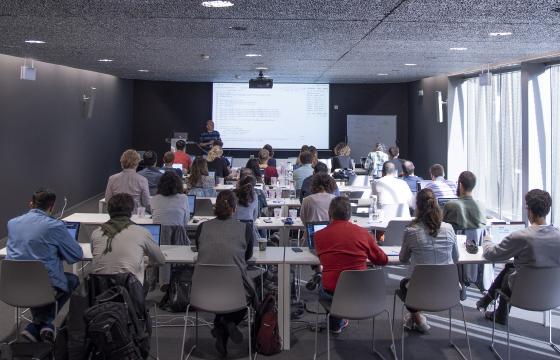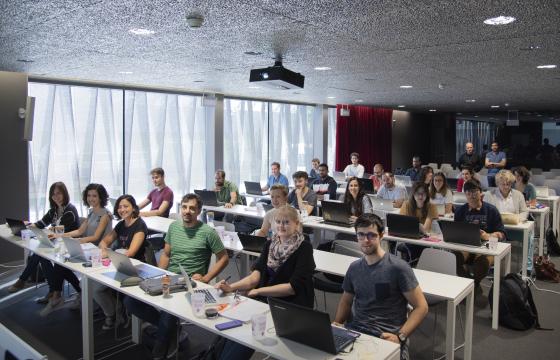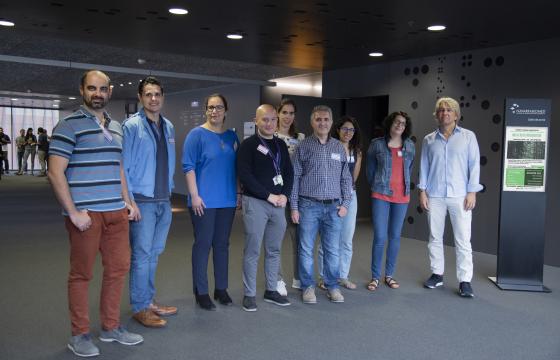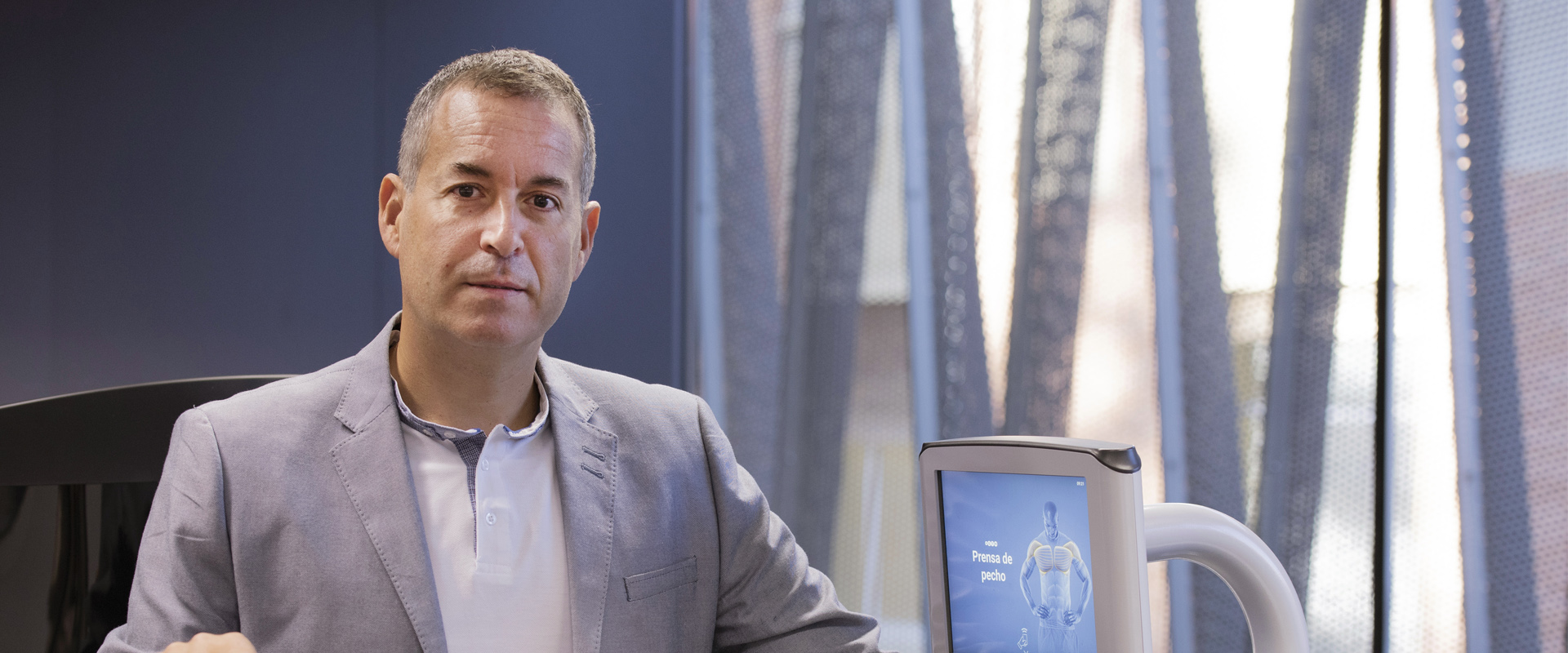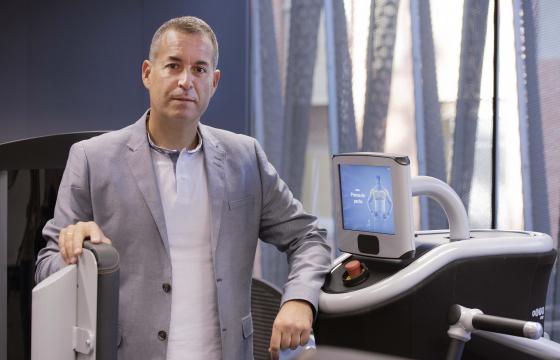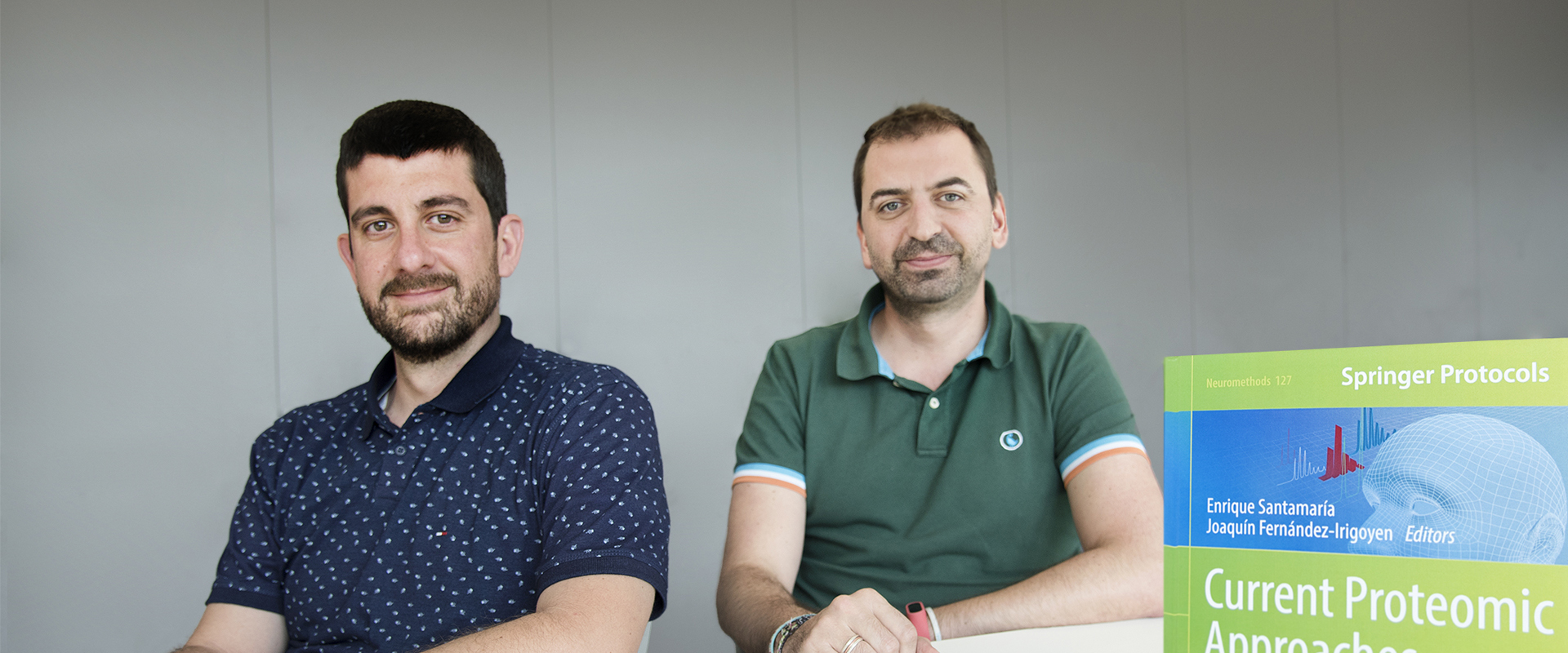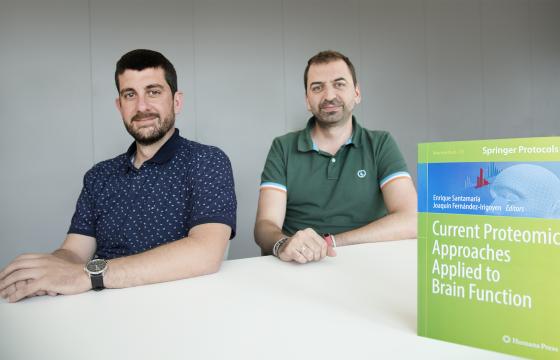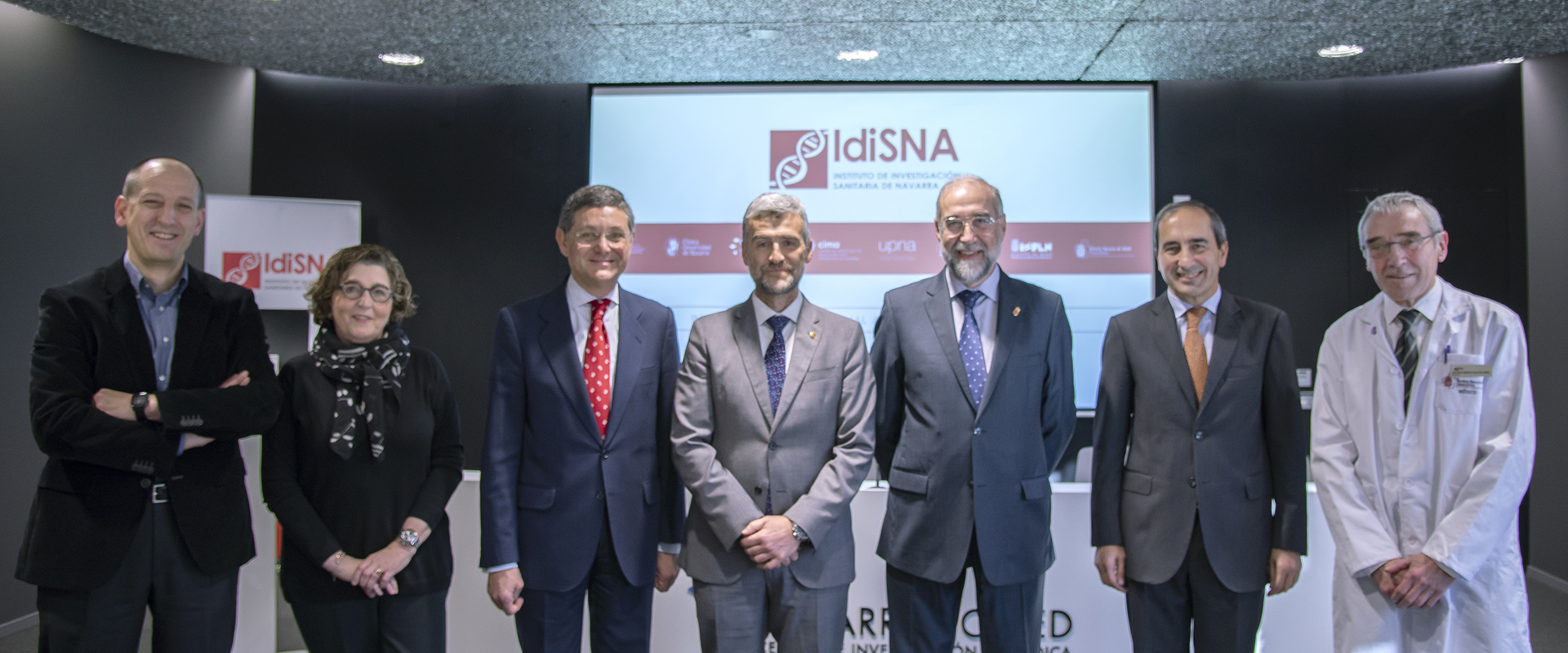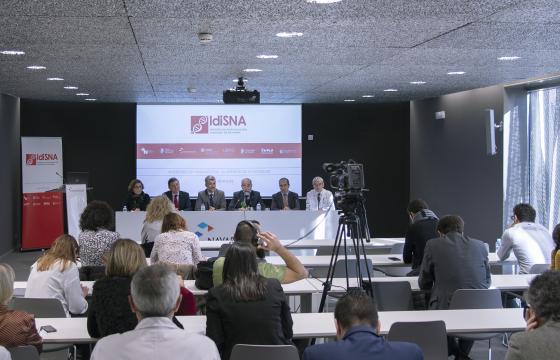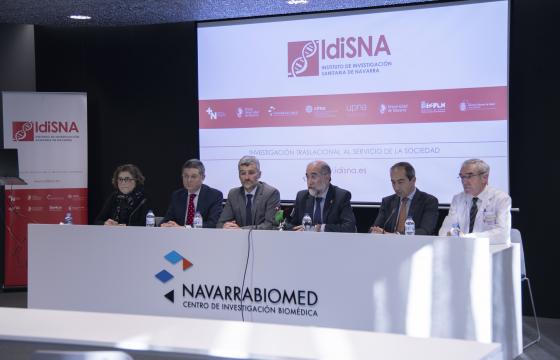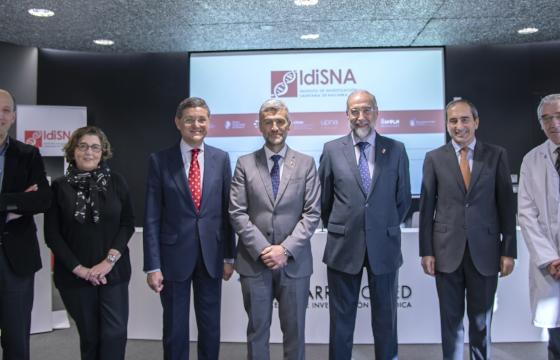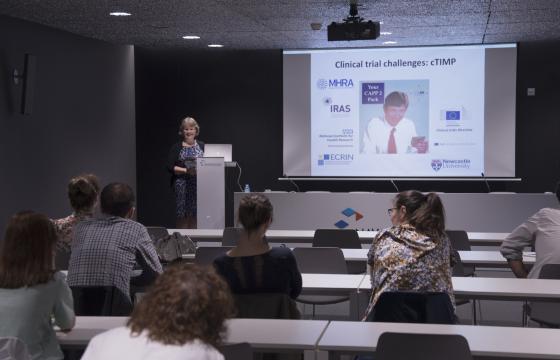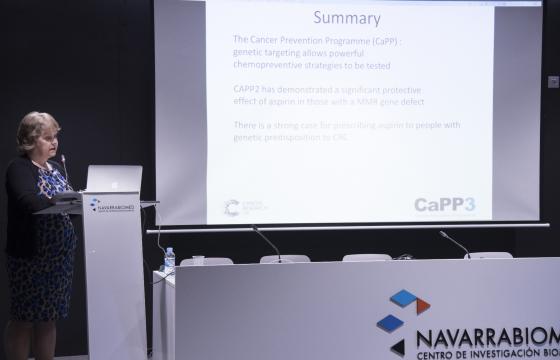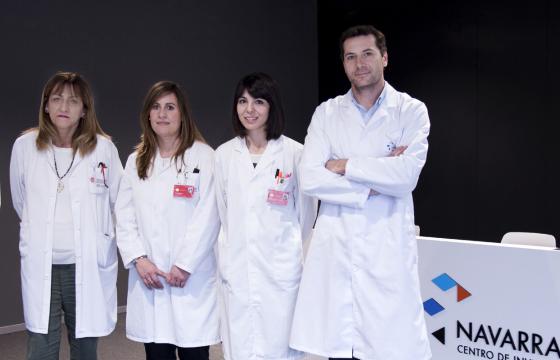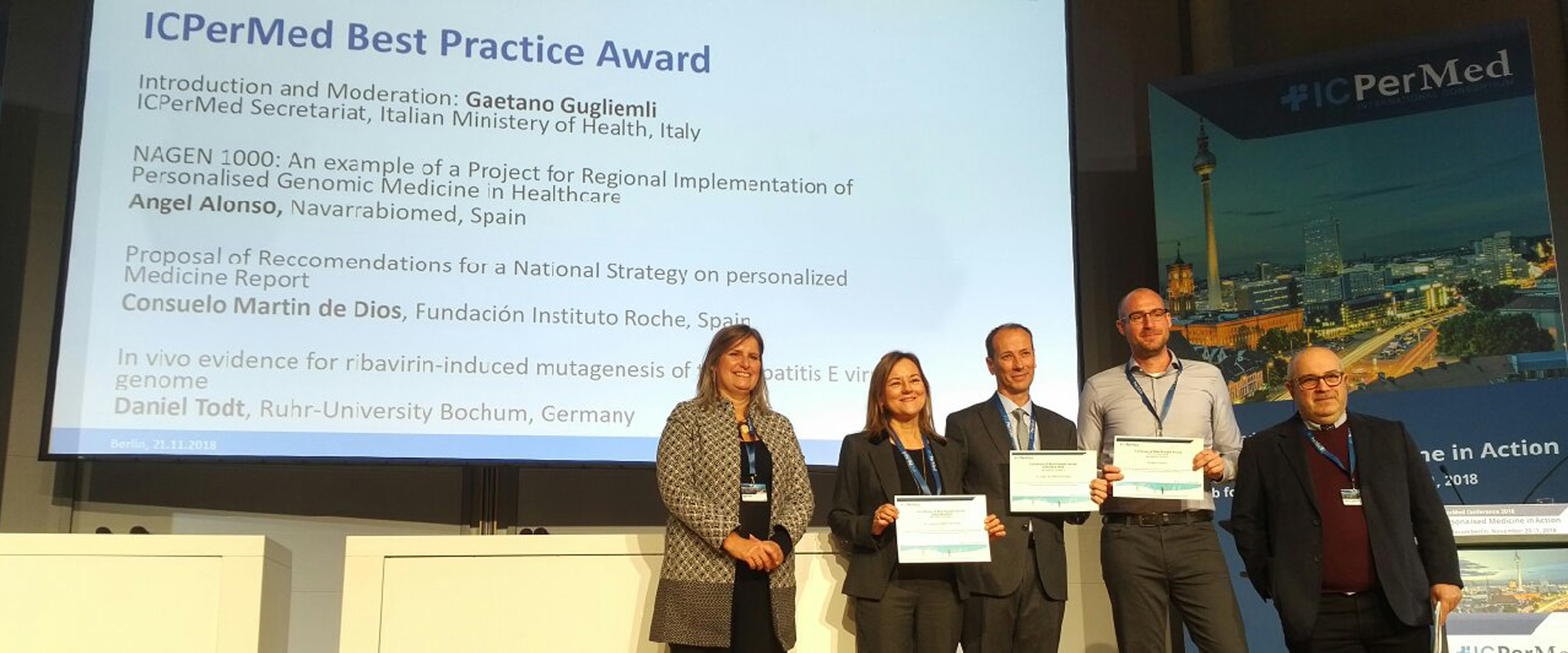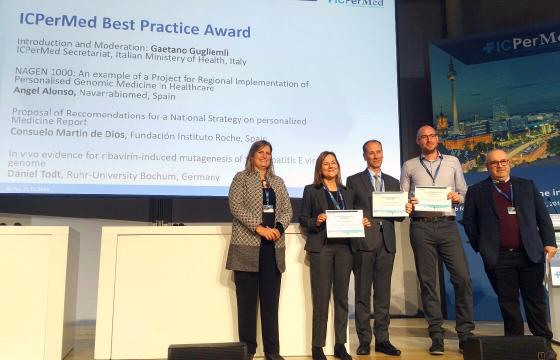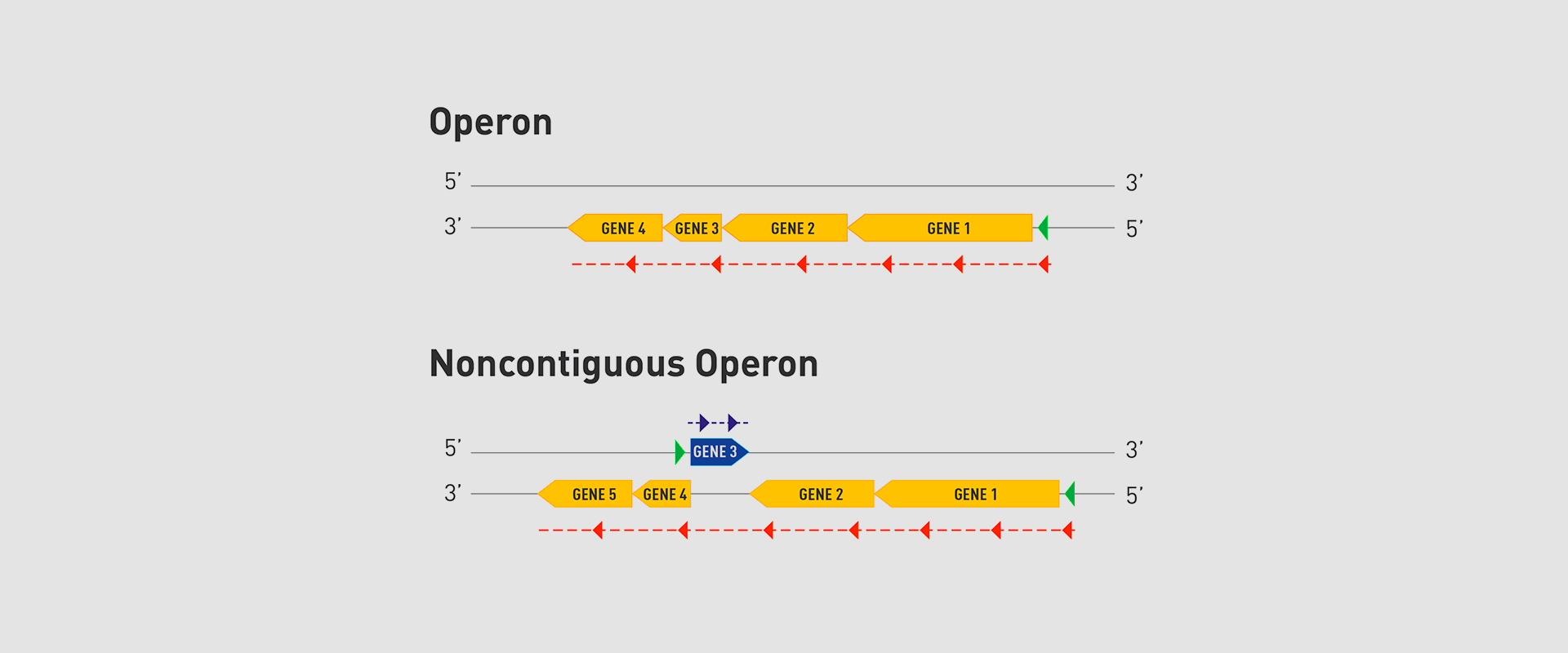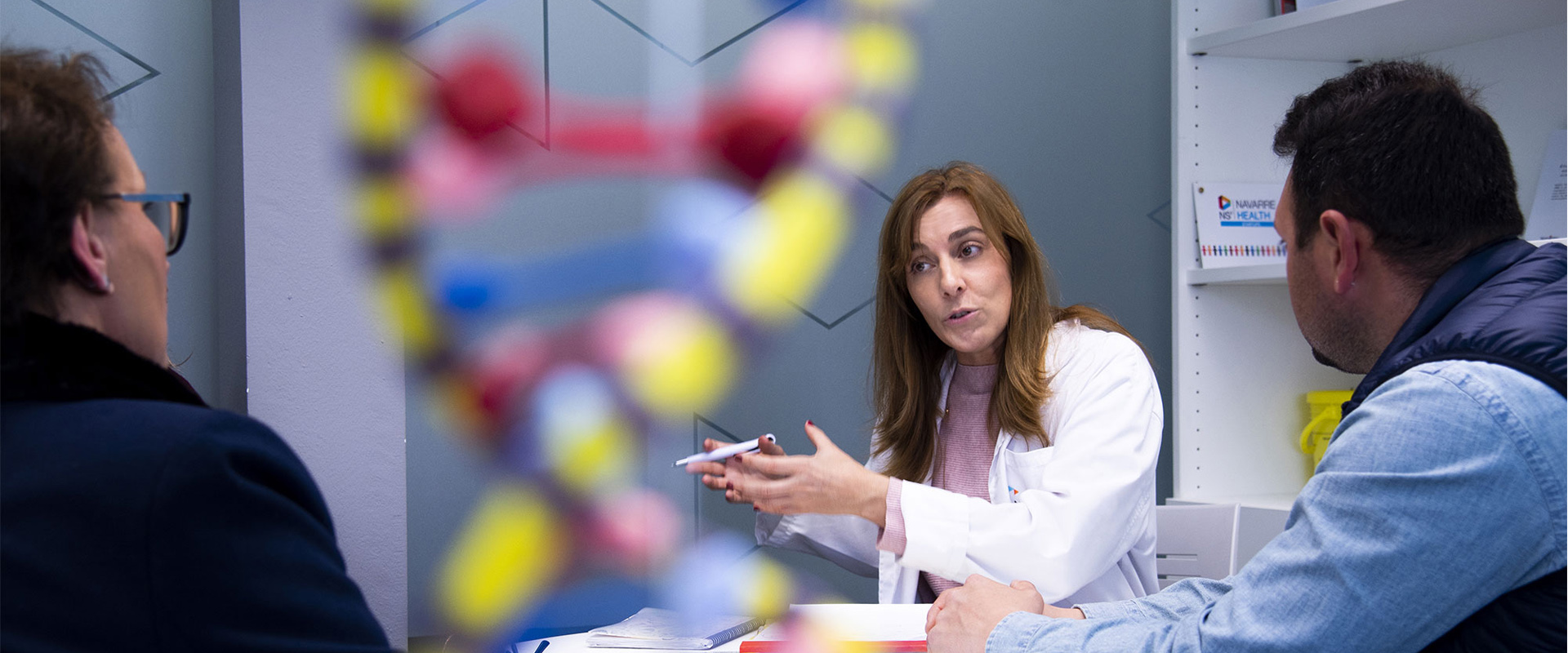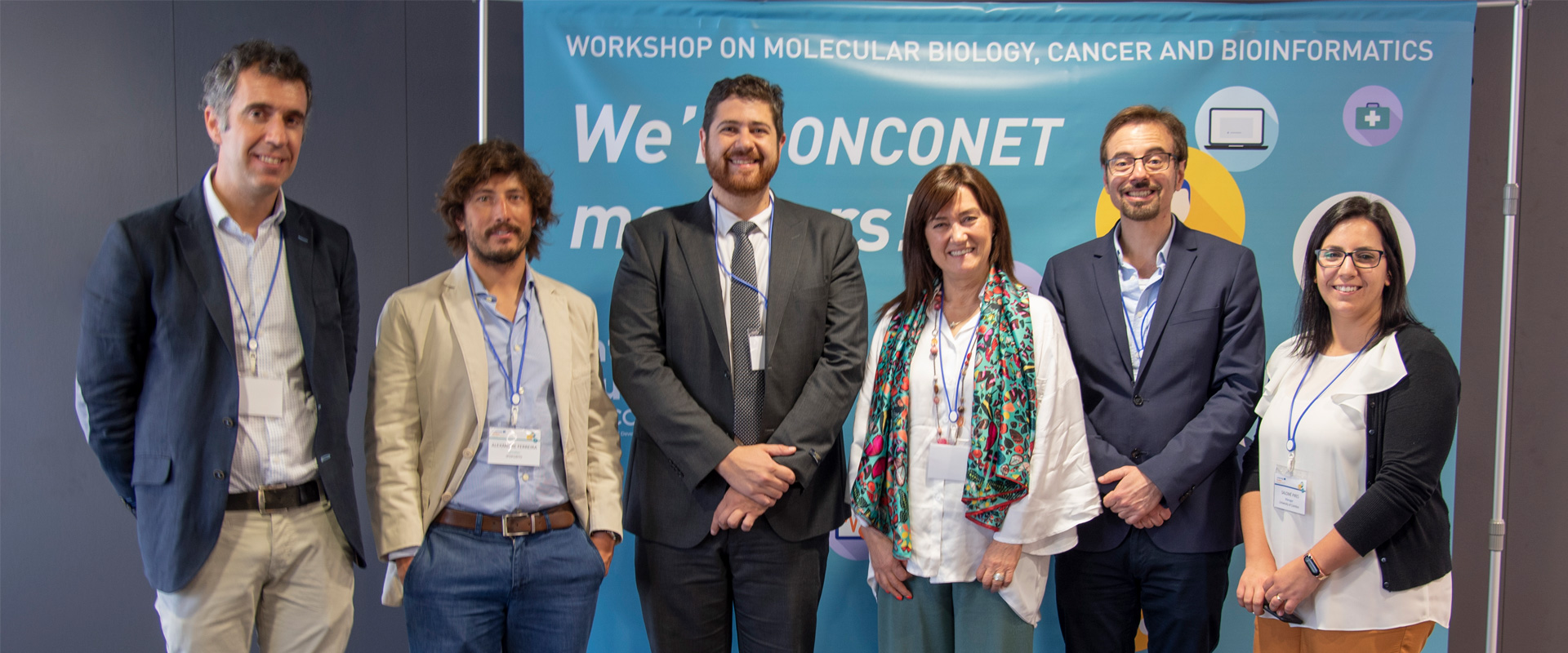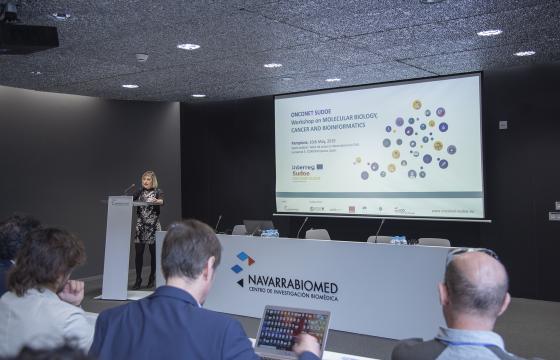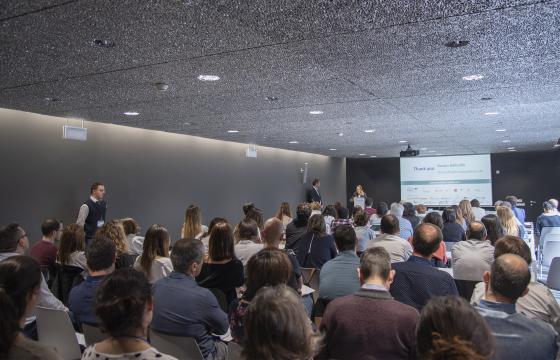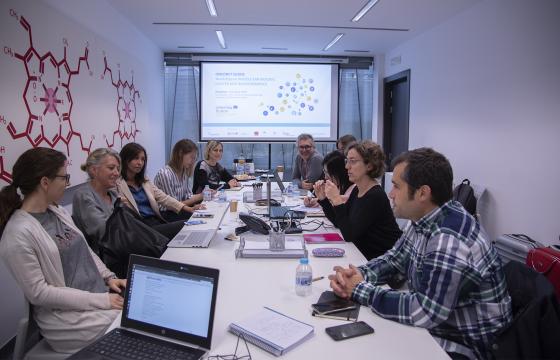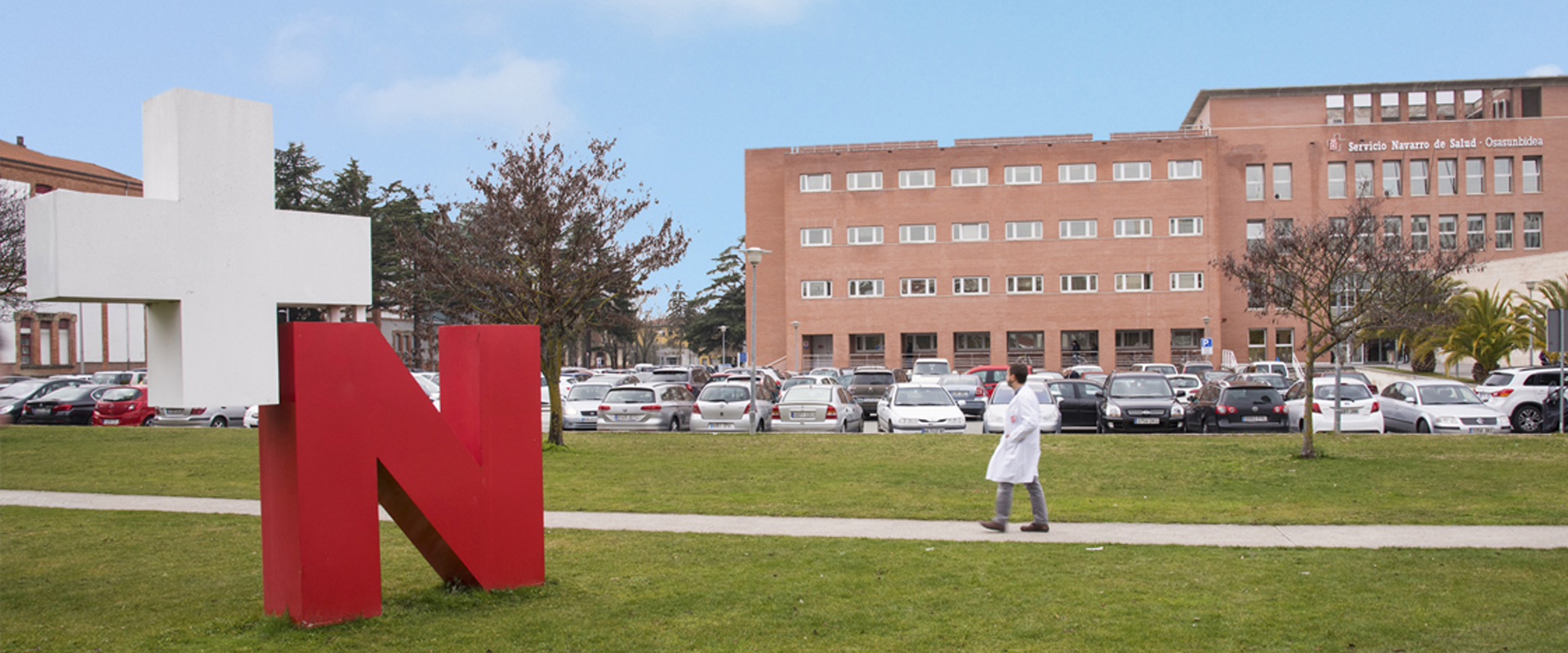International bioinformatics experts to participate in summer school for young researchers
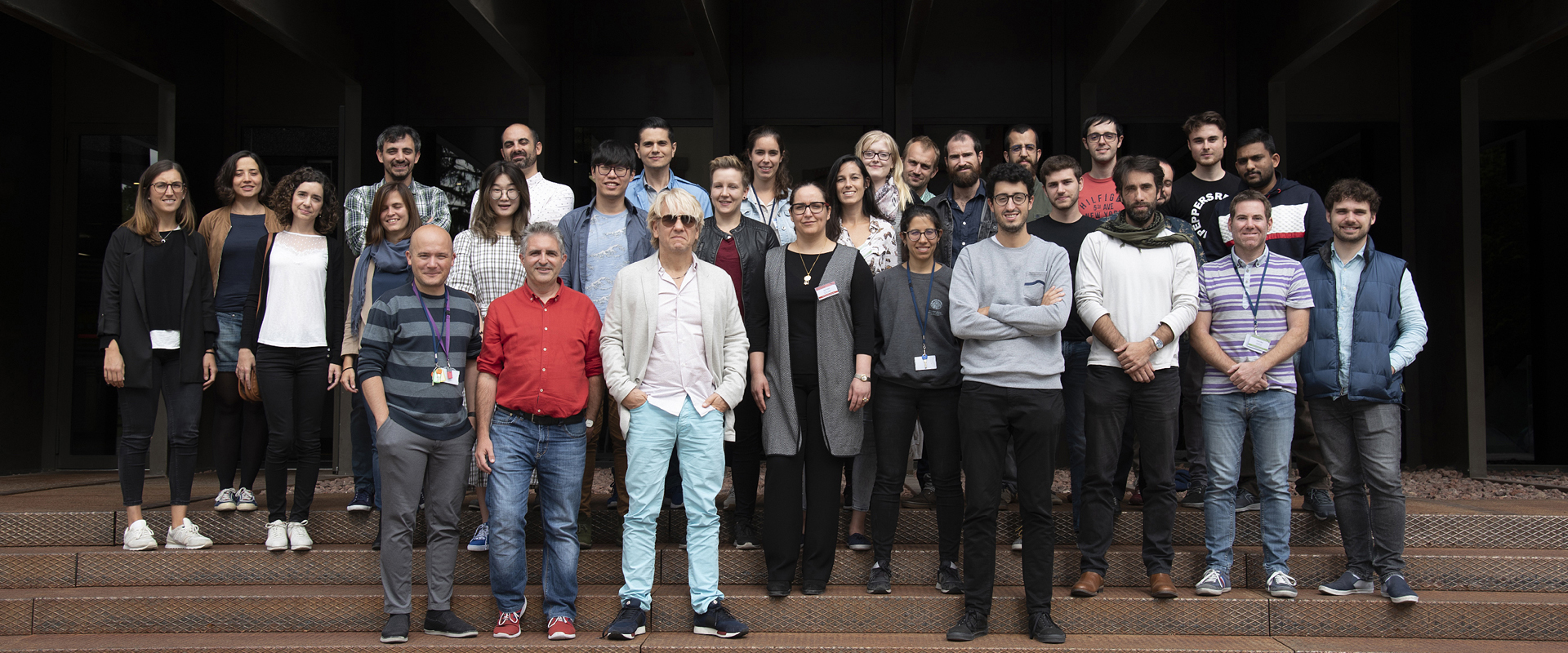
Navarrabiomed, the joint biomedical research centre of the Government of Navarra and the Public University of Navarra, is hosting this week the STATegra Summer School on NGS and Data Integration, a course organised by Navarrabiomed’s Translational Bioinformatics Unit.
Recent progress in genomic sequencing and its numerous applications in basic and applied research produce a huge amount of data on a daily basis that are extremely useful for medical diagnosis and treatment. In this field, bioinformatics ensures the best exploitation of data processing, with full compliance of data protection regulations and bioethical standards.
In the course, young researchers will learn how to integrate different types of data generated in basic and clinical research. They will also get acquainted with biomedical data analysis tools and methods. The students’ diverse backgrounds – they come from such scientific fields as biology, biochemistry, pharmacy, informatics and mathematics – is ideal for multidisciplinary research.
Keynote speakers are Ricardo N. Ramírez of Harvard Medical School, USA; Jesper Tegnér of King Abdullah University of Science and Technology (KAUST), Saudi Arabia; Sonia Tarazona of Príncipe Felipe Research Centre, Valencia, Spain; Narsis Kiani of Karolinska Institutet, Sweden; and Vincenzo Lagani of Ilia State University, Georgia.
The coordinator of the summer school and Head of the Translational Bioinformatics Unit, David Gómez-Cabrero, stresses the relevance of the event: ‘Our intensive courses of more than twelve hours a day for a whole week, taught by internationally renowned scientists, offer the latest tools in a broad number of fields of research in a multidisciplinary environment, beyond the classroom and the lab.’
Translational Bioinformatics Unit
The Translational Bioinformatics Unit at Navarrabiomed conducts translational-oriented research projects aimed at finding solutions to major challenges in modern medicine. Worthy of mention are NAGEN 1000 (genomics) and PHARMANAGEN (pharmacogenetics), funded by the Economic Development Department at the Directorate General of Industry, Energy and Innovation of the Government of Navarra, as part of the Intelligent Specialisation Strategy S3.
The Translational Bioinformatics Unit works in collaboration with national research centres such as CNAG-CRG and Progreso y Salud Foundation, as well as with international centres like Karolinska Institutet, King’s College London and King Abdullah University of Science and Technology (KAUST).

